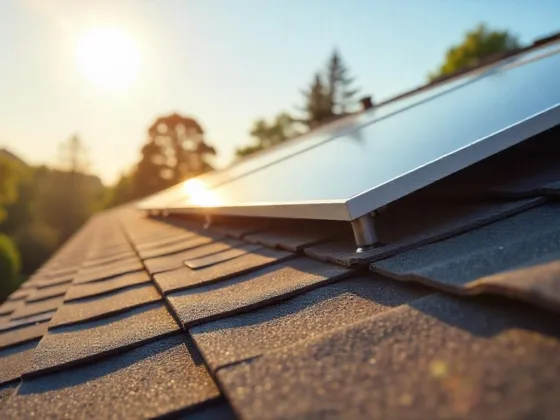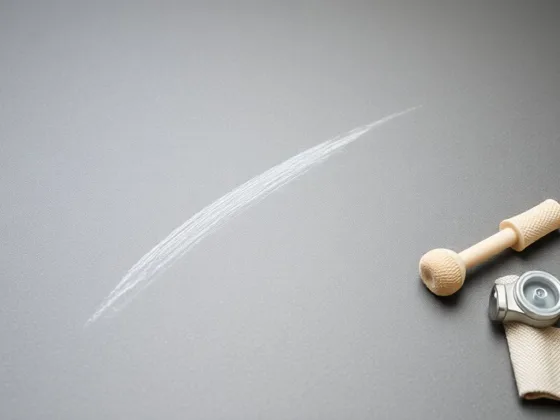Table of Contents Show
The Basics of Basement Waterproofing
Having a dry and functional basement is crucial for any homeowner. If you’ve been dealing with water seepage or dampness in your basement, it’s time to take action and waterproof it like a professional. Here are some key steps to get you started:
Identify the Source of the Water
The first step in basement waterproofing is to identify the source of the water. Is it coming from the walls, the floor, or both? This will help you determine the best approach to tackle the problem. Common sources of water include leaky pipes, poor drainage, and cracks in the foundation.
Once you have identified the source, take the necessary measures to fix any leaks or repair any damage. This may involve sealing cracks, replacing faulty pipes, or improving the overall drainage system.
Invest in Quality Waterproofing Products
Don’t cut corners when it comes to waterproofing your basement. Invest in high-quality products that are designed to withstand moisture and provide long-lasting protection. Look for waterproofing paints, sealants, and membranes that are specifically formulated for basements. These products will create a barrier against water and prevent it from seeping into your basement.
Apply the waterproofing products according to the manufacturer’s instructions. Ensure proper ventilation and take necessary safety precautions while working with these products.
Exterior Waterproofing Techniques
While interior waterproofing is essential, don’t forget about the importance of exterior waterproofing. Here are some techniques to help you keep water away from your basement:
Proper Grading and Drainage
Ensure that the ground around your foundation slopes away from your home. This will prevent water from pooling around the foundation and finding its way into your basement. Consider installing a French drain or a sump pump to further enhance the drainage system.
Foundation Waterproofing
Apply a waterproofing coating to the exterior of your foundation walls. This will create an additional barrier against water and protect your basement from moisture. Use a brush or a sprayer to apply the coating and allow it to dry thoroughly.
Related:
- Preventing Basement Flooding: A Guide to Keeping Your Space Dry and Safe
- Unlocking the Secrets of a Dry Basement: The Cost of Waterproofing
- Suggestions and Ideas for Basement Remodeling Styles
Interior Waterproofing Solutions
In addition to exterior waterproofing, there are also effective interior solutions to keep your basement dry:
Install a Sump Pump
A sump pump is a valuable investment for any basement. It effectively removes water that has accumulated in the sump pit and prevents it from flooding your basement. Make sure to choose a sump pump with a battery backup system to ensure its functionality during power outages.
Use a Dehumidifier
Excess humidity can contribute to basement dampness. A dehumidifier helps to remove moisture from the air, creating a more comfortable and dry environment. Place the dehumidifier in a central location in your basement and remember to empty the water collection tray regularly.
By following these steps and using the right techniques, you can transform your basement into a dry and habitable space. Don’t hesitate to seek professional help if you are unsure or if the problem persists. Remember, a waterproof basement not only adds value to your home but also provides you with peace of mind.











